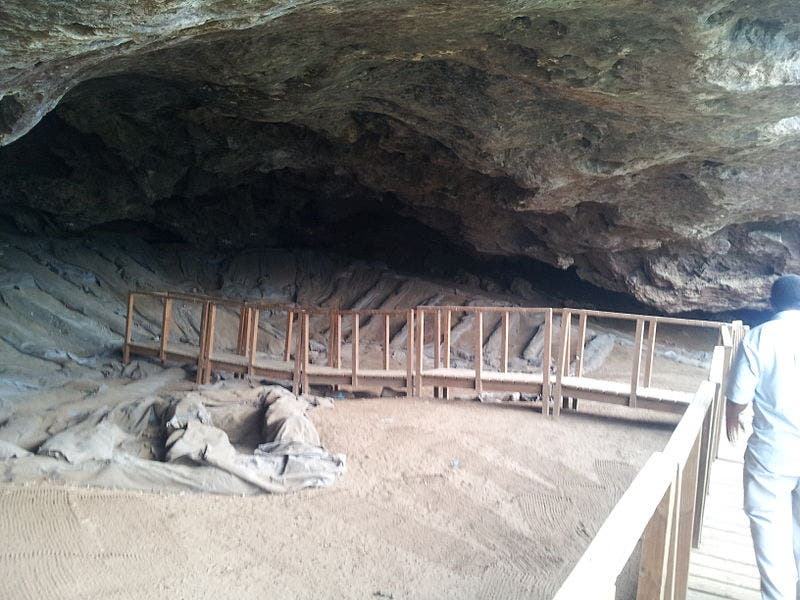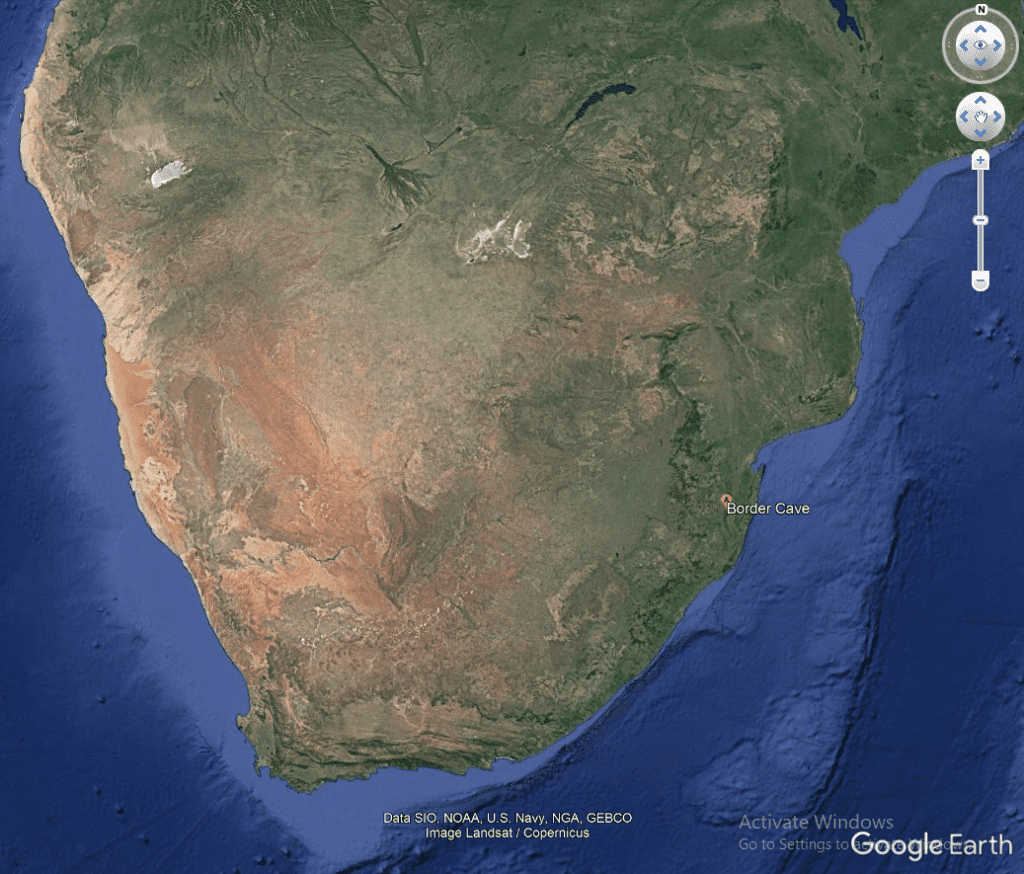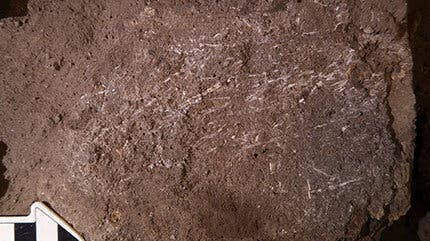All animals enjoy having access to comfortable bedding. It’s not the top priority, but after food, water, and shelter, a comfortable place to sleep ranks pretty high on the list of priorities — and humans are no exception. As early as 200,000 years ago, our ancestors were making bedding from grass.

Located close to the border between South Africa and Swaziland, Border Cave is one of the most interesting sites to study ancient human history. The cave first gained interest as a source of guano and yielded valuable findings ever since the 1970s. The cave has a remarkably continuous record of occupation spanning approximately 200,000 years, with archaeologists uncovering Homo sapiens skeletons, as well as scores of stone tools and artifacts. Remains of more than 43 mammal species (three now extinct) were also uncovered.
Now, researchers have found another intriguing object: three beds.
The beds, consisting of sheaves of grass, were placed near the back of the cave, on layers of ash. The ash would have prevented any insects from crawling on the bed, while the grass itself would have been more comfortable than sleeping directly on the ground. The grass itself isn’t visible — it’s only through magnification and chemical analysis that researchers identified it.
“We speculate that laying grass bedding on ash was a deliberate strategy, not only to create a dirt-free, insulated base for the bedding, but also to repel crawling insects,” says Professor Lyn Wadley, principal researcher and lead author.
“Sometimes the ashy foundation of the bedding was a remnant of older grass bedding that had been burned to clean the cave and destroy pests. On other occasions, wood ash from fireplaces was also used as the clean surface for a new bedding layer.”

Researchers can’t know for sure whether people slept on the grass — or at the very least, that evidence is missing right now. However, there seemed to have been plenty of grass material brought intentionally into the cave and placed on the ash layer, and a bed seems by far the most plausible option. As always in archaeology, there’s a possibility that the structure was used for rituals.
Insects appear to have been a big problem for the cave’s inhabitants. In addition to the ash blocks, which dehydrates and blocks the insects’ biting apparatus, researchers found evidence of tarchonanthus (camphor bush) — a plant still used to deter insects in rural parts of East Africa. The cave itself, embedded into a lush cliff face in the Lebombo Mountains, was likely an excellent habitat for insects as well as humans.
“We know that people worked as well as slept on the grass surface because the debris from stone tool manufacture is mixed with the grass remains. Also, many tiny, rounded grains of red and orange ochre were found in the bedding where they may have rubbed off human skin or colored objects,” says Wadley.
Within the cave, researchers also found signs of firemaking, also from 200,000 years ago. The stacked fireplaces dating from 200,000 to 38,000 years ago indicate that people at Border Cave lit fires regularly.

This all paints an interesting picture. Populations were still hunter-gatherers at the time, but they would probably gather in camps, and maybe even spend prolonged periods of time in the shelter of a cave. They also exhibited remarkable knowledge of keeping unwanted insects at bay.
“Our research shows that before 200,000 years ago, close to the origin of our species, people could produce fire at will, and they used fire, ash, and medicinal plants to maintain clean, pest-free camps. Such strategies would have had health benefits that advantaged these early communities,” Wadley explains.
Journal Reference: Fire and grass-bedding construction 200 thousand years ago at Border Cave, South Africa. Science, DOI: 10.1126/science.abc7239






